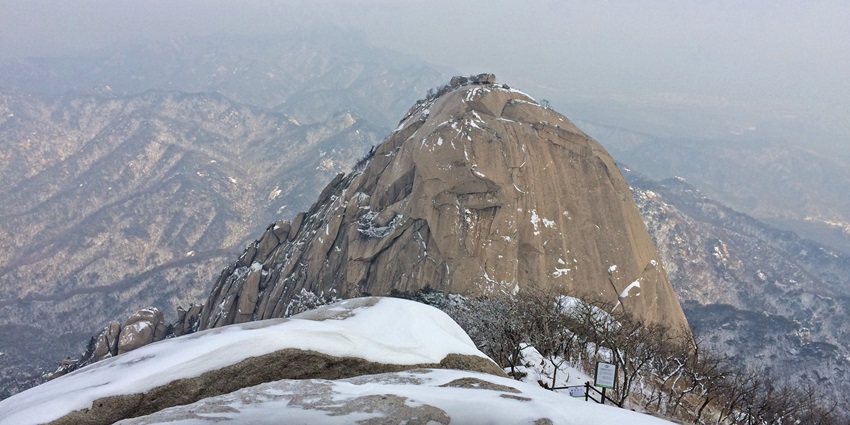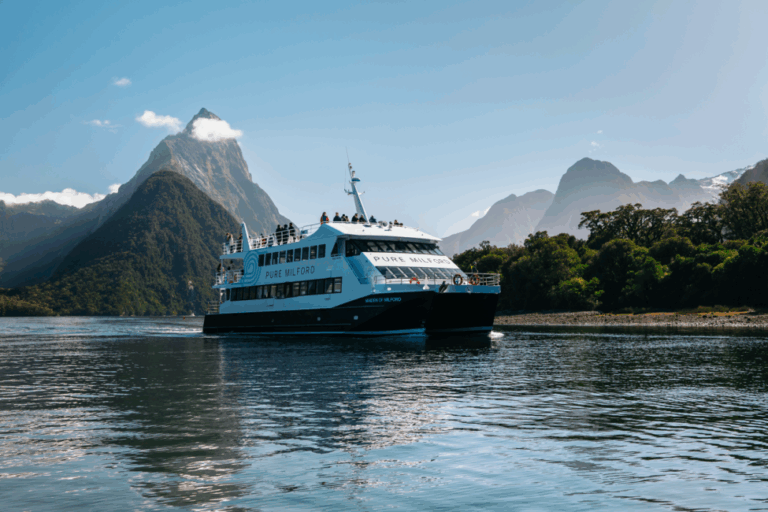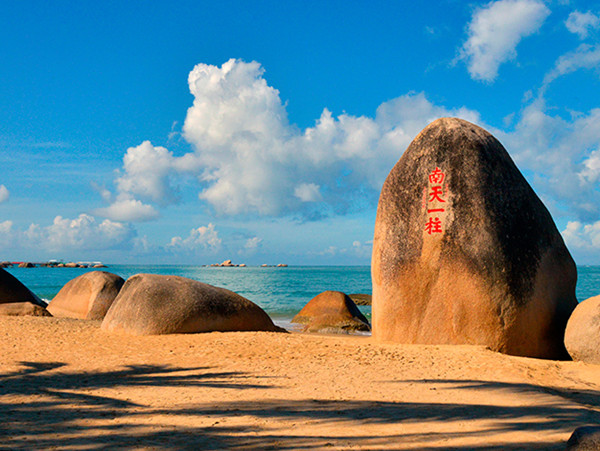
📍 Where Nature and City Collide
Just 40 minutes from the neon-lit skyscrapers of downtown Seoul lies a world of granite peaks, Buddhist temples, misty forests, and sweeping views—Bukhansan National Park. Often referred to as “the lungs of Seoul,” this national park is a green refuge for hikers, climbers, and nature lovers looking for a break from city life.
In 2025, Bukhansan continues to be one of the most accessible and rewarding trekking destinations in all of South Korea. Whether you’re a solo backpacker, weekend warrior, or a culture lover, this mountain range offers a perfect blend of nature, history, and challenge.
🏔️ Fast Facts About Bukhansan
- 📍 Location: Northern Seoul & Gyeonggi Province
- 🏞️ Area: 79.9 km²
- ⛰️ Highest Peak: Baegundae (836.5 m / 2,745 ft)
- 🛤️ Trails: 130+ km of marked routes
- 🏯 Temples: 100+ cultural heritage sites, including Bukhansanseong Fortress
- 🧭 Accessibility: Metro + bus or taxi-friendly from anywhere in Seoul
🌿 Why Trek Bukhansan?
✅ 1. Proximity to Seoul
One of the only national parks in the world located within a mega-metropolitan area.
✅ 2. Multiple Trail Options
Choose from beginner forest walks to advanced summit climbs.
✅ 3. Breathtaking Views
Expect dramatic cliffs, panoramic Seoul skylines, and lush forest cover.
✅ 4. Spiritual Experience
Ancient temples, hermitages, and fortress walls add a tranquil, cultural dimension.
✅ 5. Four-Season Beauty
- 🌸 Spring: Cherry blossoms, azaleas
- ☀️ Summer: Shaded pine forests and waterfalls
- 🍂 Autumn: Fiery foliage against granite peaks
- ❄️ Winter: Snow-covered rocks and ice trails
🥾 Best Trails to Explore
1. Baegundae Peak Trail (Most Popular)
- 🚩 Start: Bukhansan Fortress Entrance
- ⏱️ Time: 3–4 hours round trip
- ⛰️ Difficulty: Moderate to Challenging
- 🌟 Highlights: Stunning views from the highest peak in Seoul, fortress gates, steep rock staircases
Pro Tip: Sunrise from Baegundae is unforgettable—start early and bring layers.
2. Dulle-gil Trail (Gentle & Scenic)
- 🧘 Perfect for beginners or nature walkers
- 🌲 Winds through forests, streams, and around the base of the peaks
- 🕊️ Great bird-watching and wildflower spotting
3. Uiryeong-gil Trail (Permit Required)
- 🚧 Limited-access trail through a military-controlled area
- 🌉 Famous for wooden bridges, deep valleys, and serenity
- 🪪 Apply online for access in advance through the Korea National Park Service (KNPS)
4. Insubong Trail (Rock Climber’s Heaven)
- 🧗 Towering granite pinnacle ideal for experienced rock climbers
- 📸 Also popular for photos and scrambling (even if you don’t climb)
🧘 Temples & History Along the Way
- Doseonsa Temple: One of Korea’s oldest Zen temples, nestled in a misty mountain setting
- Bukhansanseong Fortress Wall: A 2,000-year-old defensive structure that once protected the Joseon capital
- Seungasa Temple: Known for its giant seated Buddha carved into a cliffside
🛍️ What to Pack
- Comfortable hiking shoes with grip
- Layered clothing (temps shift quickly)
- Hat, sunscreen, and gloves (seasonal)
- Water bottle (at least 1L)
- Trail snacks (gimbap, protein bars, fruit)
- Download KakaoMap or AllTrails for GPS navigation
- Optional: Hiking poles for steep descents
🍱 Where to Eat Nearby
- Local Hiker Restaurants (Sanchae-jip): Near trail entrances, they serve mountain herbs, bibimbap, and makgeolli (Korean rice wine)
- Cafés with Views: Post-hike coffee shops near Bukhansan Station or Ui-dong offer great recovery spots with scenic terraces
🧭 Getting There (From Seoul)
- 🚇 By Metro + Bus:
- Take Seoul Subway Line 3 to Gupabal Station
- Exit 1 → Take Bus 704 to Bukhansanseong Fortress Entrance
- 🚕 Taxi from central Seoul: ~25 minutes depending on traffic
- 🚶 Most entrances are clearly marked in English and Korean
🌄 Final Thoughts
Whether you’re seeking a physical challenge, spiritual renewal, or a photogenic adventure, Bukhansan offers it all—without leaving Seoul. It’s a rare destination where modern city life and ancient mountain magic exist side by side.
So lace up your boots, charge your camera, and let the granite guardians of Bukhansan lead you into one of Korea’s most captivating natural experiences.



